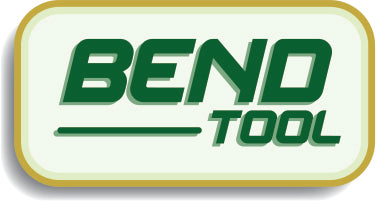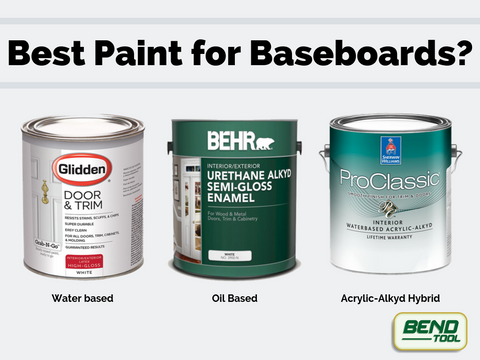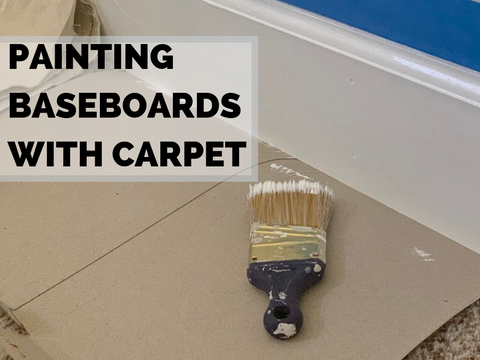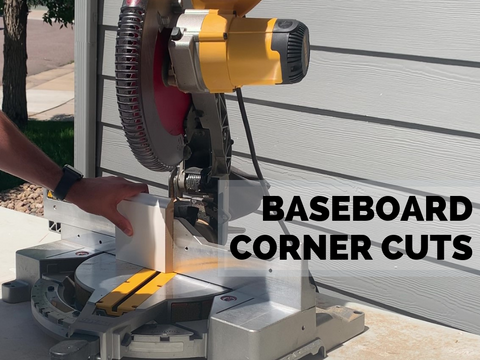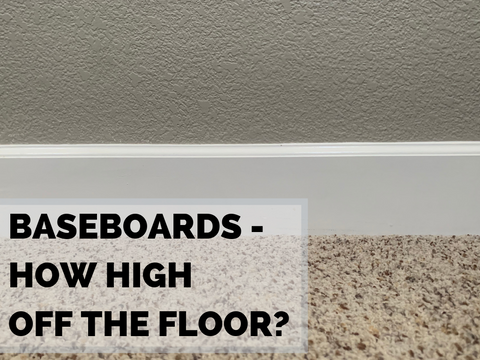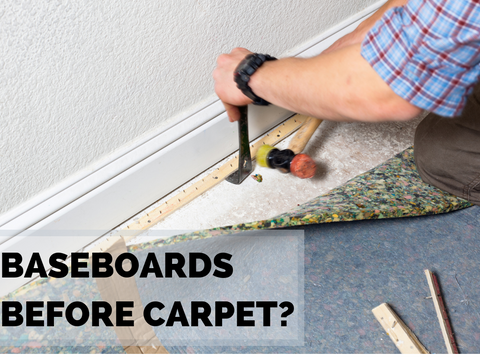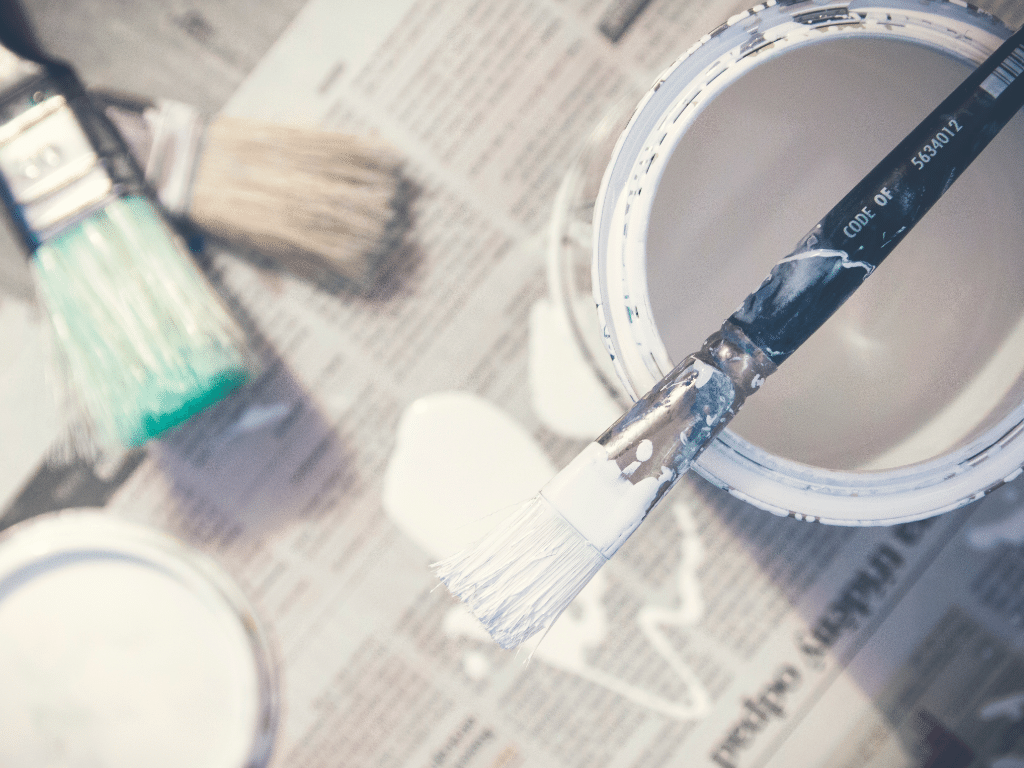
In short, consider an acrylic-alkyd hybrid paint like this one from Benjamin Moore. Use the right brush, based on your paint choice type, then prep – sand, dust and brush off your baseboards before you start to paint. Try to minimize excess paint. Keep reading for more details.

PAINT FOR BASEBOARDS
Oil Based: Oil has longer drying times than water-based paints. During the drying process, the paint settles evenly. This creates a smooth finish that eliminates visible brush strokes. While oil-based paint used to be the only choice for painters, it has decreased in popularity as it emits volatile organic compounds (VOCs). Because it takes longer to dry, oil-based paint can require up to waiting overnight before a second coat can be added.
Water Based: Water-based, or latex paints, are friendlier to painters and DIY’ers because they are easier to clean up and usually less expensive. Unfortunately, latex paints are prone to leaving brush marks because they are quick to dry. If you are using water-based paint, consider the following to reduce brush marks:
- Plan to apply multiple coats
- Sand in between
- Consider a flat or matte, or semi-gloss sheen to help conceal and brush marks
- Do not apply water-based paint on top of oil-based paint.
Acrylic-Alkyd Hybrid: A relatively new paint type, acrylic-alkyd blend together properties from oil-based and water based. It has low VOC content, possesses the same non-yellowing elements, and helps eliminate brush strokes. Because acrylic-alkyd hybrid is new, it may not be available in all sheens.
Sheens:
Most trim paints (but not all) come in four different sheens. Ranging from the most sheen to the least they are:
- gloss,
- semi-gloss,
- eggshell/satin, and
- flat or matte.
Semi-gloss is the most popular sheen for baseboards. However, if you are worried about brush strokes, consider a flat or eggshell sheen. They will conceal any marks or brush strokes, but will not be as easy to clean.
WHAT KIND OF BRUSH DO YOU USE TO PAINT BASEBOARDS?

Bristles and Paint
Not all brushes were made equally. More expensive brushes indicate higher quality, but not necessarily the best choice. Brushes (and their bristles) are not designed for all types of paint.
- If you are using oil-based paint – consider a natural bristle (e.g., Ox or China Bristle).
- If you are using water-based paint – consider a nylon bristle. Do not use natural bristle with water-based paint.
Type
- Flat brush – 3’’-4’’ wide with a tapered edge.
- Sash brush – uses angled bristles ideal for clean lines on baseboard and trim.
PREPARE THE BASEBOARDS FOR PAINTING
Do I need to sand baseboards before painting?
No, you don’t need to sand them particularly if they are new, but it can’t hurt. If you are updating the trim in an older home it probably has seen it’s share of damages – scratch, scuffs, gouges, and anything else.
Sanding will help make the painting process easier when you encounter these issues. Also, you might be making minor repairs, like fixing cracks and nail holes. You will want to sand over any spackling paste used for an even finish. In a newer house, or if you are painting for the first time sanding might be less important.
Follow a Process:
- Sanding Baseboards: (higher grit, better): Whether you are installing baseboard for the first time or repainting existing baseboard, sand it. Baseboards take a beating and do not always come ready to be painted. Consider a 180 grit -220 grit sandpaper.
- Dust the Baseboards: Once you have sanded you will need to dust all of the lose particles off. Use compressed air or a washcloth.
- Scrub or Brush the Baseboards: Even though you have dusted it, you will still want to do one more pass. For your purposes a tack cloth will work just fine, some may consider soap and water with a kitchen sponge.
PAINTING THE BASEBOARDS
A few things to remember once you’re finally painting:
- Go in the direction of the grain or the board (left to right, not up and down)
- Tap the paint off of the brush instead of wiping it off
